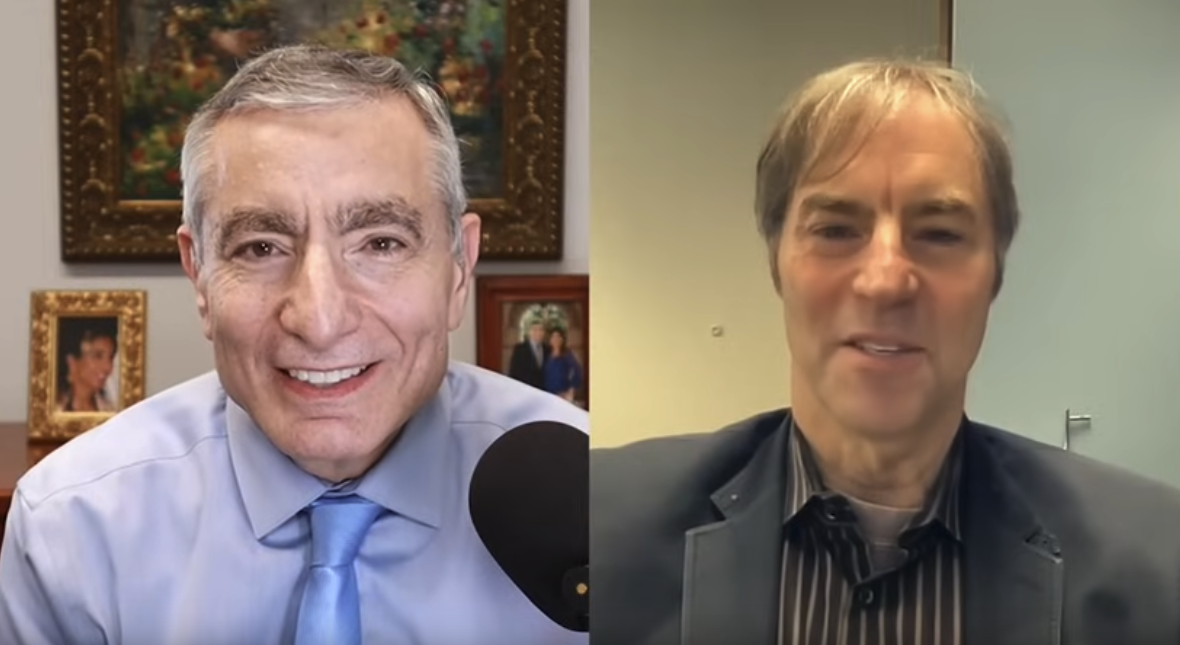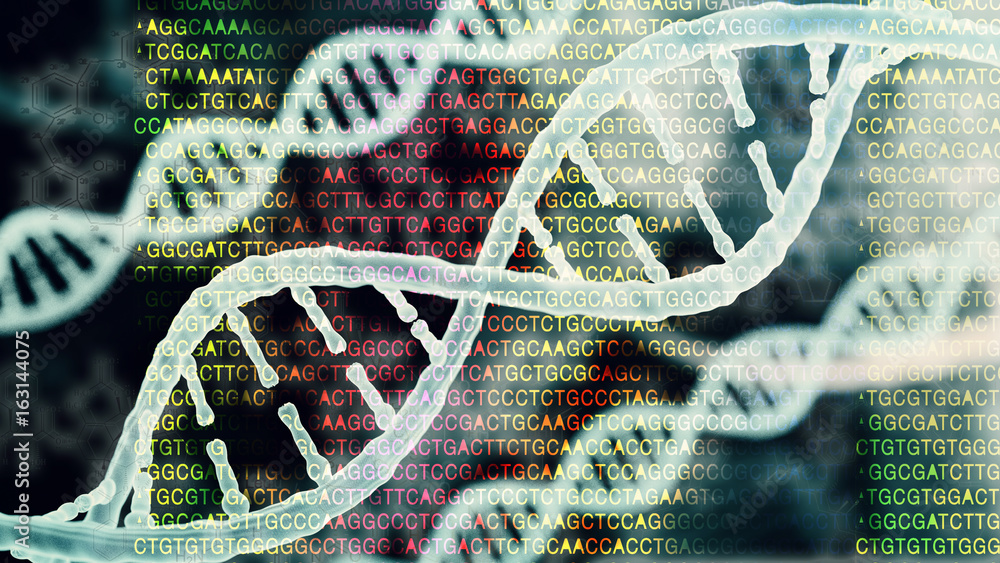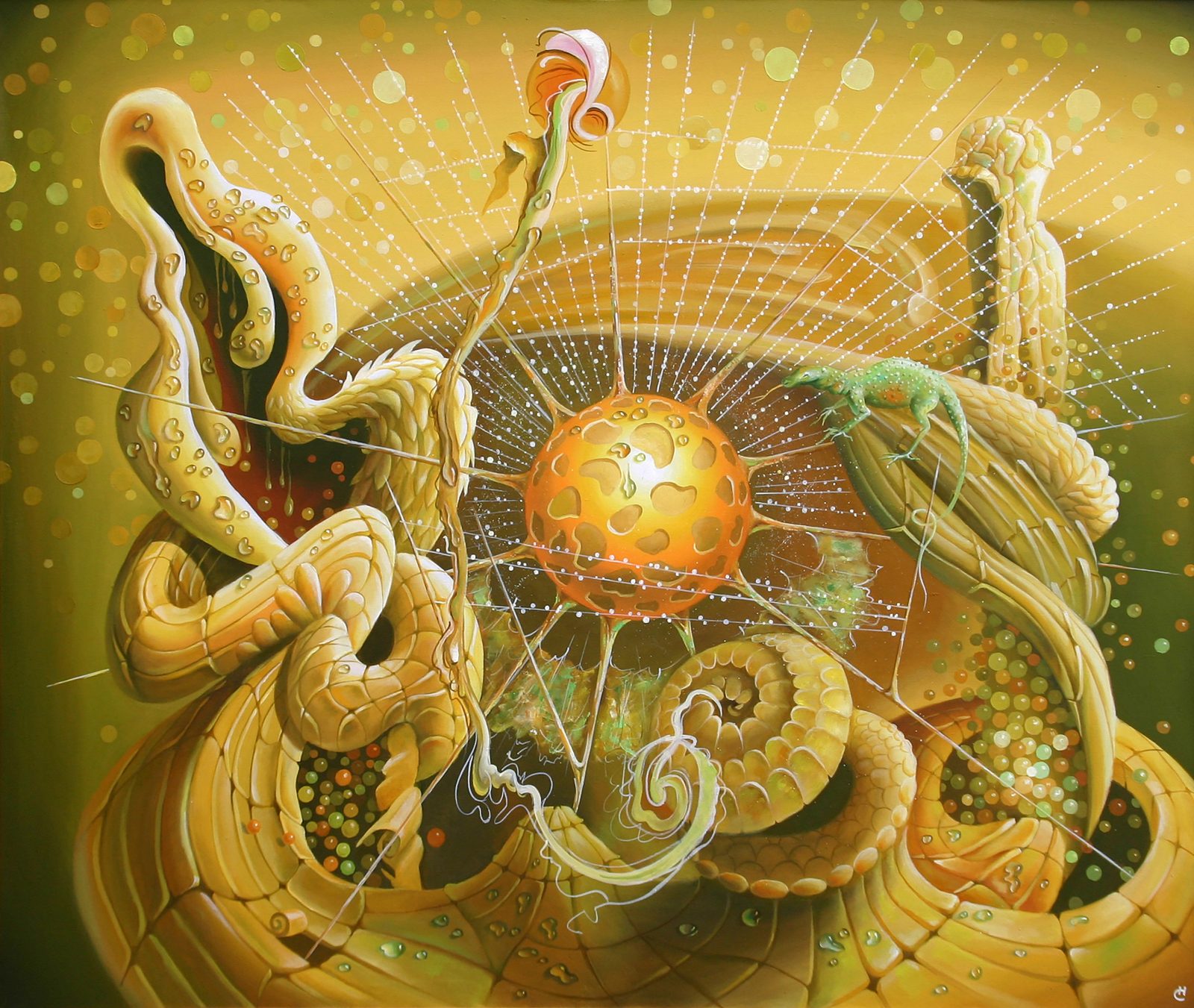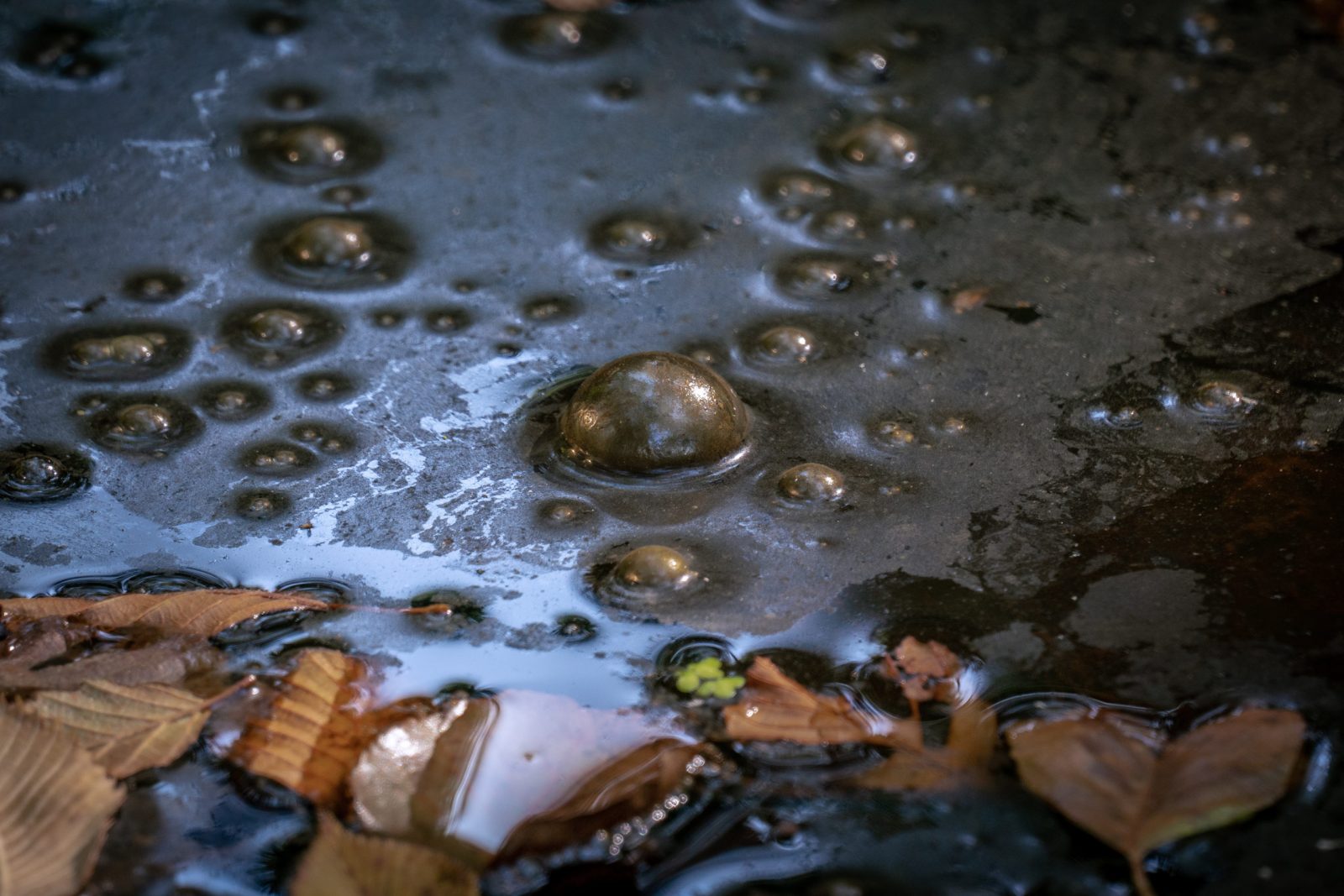


Meyer & Tour on New Critiques of Origin of Life Research

Casey Luskin On Junk DNA’s ‘Kuhnian Paradigm Shift’

Minimal Replication Fidelity: Another Problem for the RNA World Hypothesis

Extravagant Claims: James Tour & Stephen Meyer Critique Origin of Life Research

RNA World in a World of Hurt
On this ID the Future, biophysicist Cornelius Hunter and host Eric Anderson discuss the RNA World hypothesis, an explanation for how the first self-reproducing organism might have arisen via mindless chemical processes. Hunter and Anderson have each written on the topic, and together they unpack some of the many and growing problems with this RNA-first explanation for the origin of life. They also spotlight some recent admissions in mainstream scientific publications that it’s time to move on from the cherished but embattled RNA World. The conversation pivots off of a recent essay by Hunter at Evolution News, “RNA World: Repeated Downfalls, Repeated Resurrections.” For more on the challenges of creating the first self-reproducing biological entity, see Eric Anderson’s Chapter 3 of Evolution and Intelligent Design in a Nutshell.

New Origin-of-Life Proposal Revives a Hopeful Monster
On this episode of ID the Future, host Eric Anderson talks with scientist and fellow engineer Rob Stadler about a recent origin-of-life paper and how the authors paint themselves into a corner. The context for the paper is this: Decades of research have undermined the three great hopes for a purely naturalistic origin of life — scenarios starting with some sort of metabolism, scenarios starting with some kind of membrane, and scenarios starting with RNA. All three are necessary for cellular life; none seems able to have come ahead of the others. So now some recent work described in an article in New Scientist suggests it all happened at once in a sort of “chemical big bang.” It’s the return of an old idea long ago dismissed as too improbable. Is this “hopeful monster” plausible after all? As Anderson and Stadler show, there are numerous hidden assumptions and imaginary entities lurking in the proposal, which when surfaced, call its soundness into question.